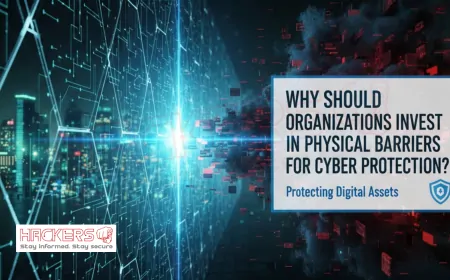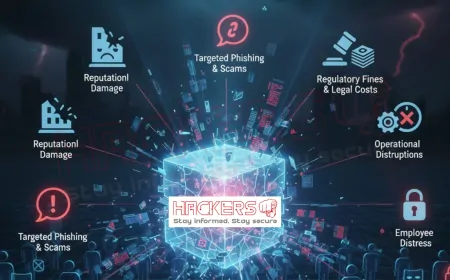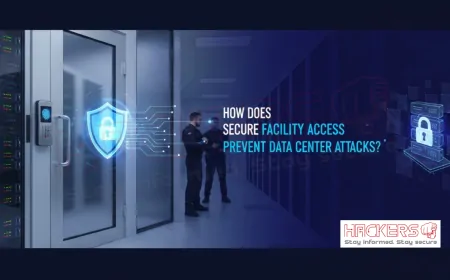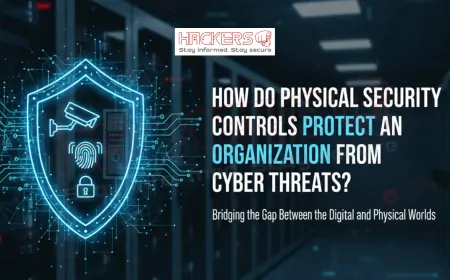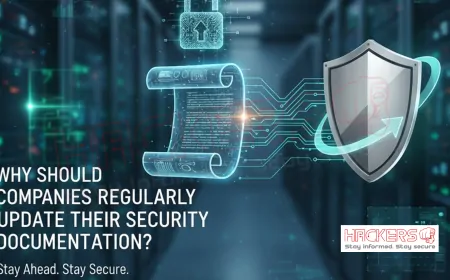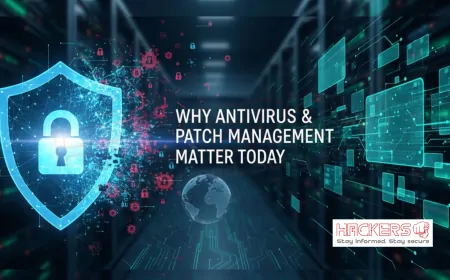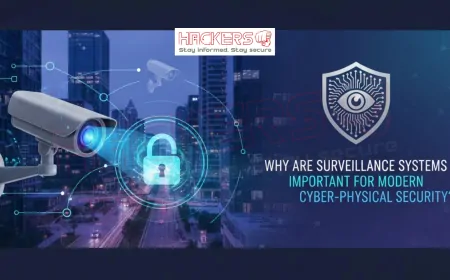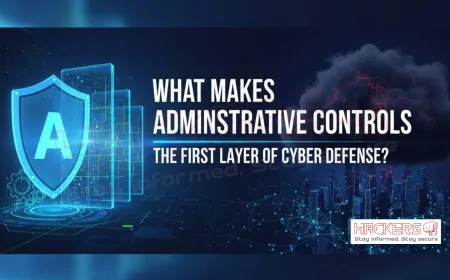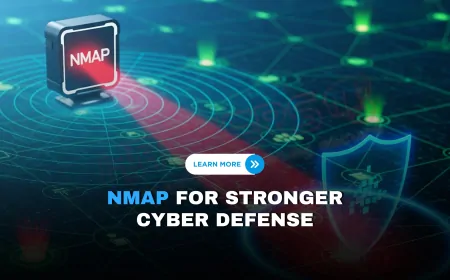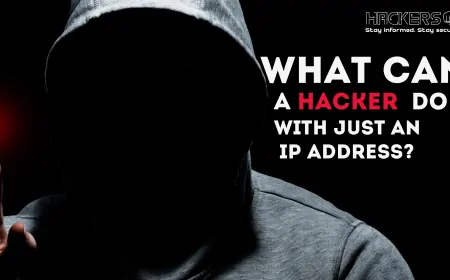Why Are SCADA Systems a Soft Target for Nation-State Hackers?
Picture this: a quiet control room in a major power plant. Screens glow with real-time data. Valves open and close automatically. Pumps hum in perfect rhythm. Everything runs smoothly, until it doesn’t. One wrong command from a hidden corner of the internet, and the entire system freezes. Alarms blare. Engineers scramble. Within minutes, a city goes dark. This is not a scene from a Hollywood thriller. This is the reality of SCADA systems under attack. SCADA, or Supervisory Control and Data Acquisition, is the nervous system of modern infrastructure. It controls water treatment plants, oil refineries, electricity grids, and railway networks. These systems keep societies running. Yet, they are surprisingly fragile when targeted by nation-state hackers: groups backed by governments with unlimited resources, patience, and motive. In this blog, we explore why SCADA systems remain a soft target, how attackers exploit them, and what the world can do to fight back. Written for beginners and experts alike, this guide breaks down complex ideas into clear, actionable insights.

Table of Contents
What Is SCADA and How Does It Work?
SCADA stands for Supervisory Control and Data Acquisition. At its core, it is a control system that monitors and manages industrial processes. Think of it as the brain and eyes of a factory or utility.
A typical SCADA system has four main parts:
- Sensors and Actuators: Devices that measure temperature, pressure, flow, or turn valves and motors on or off.
- Remote Terminal Units (RTUs) or Programmable Logic Controllers (PLCs): Small computers located near equipment that collect data and execute commands.
- Communication Network: Wires, radio, or internet links that carry data between field devices and the control center.
- Human-Machine Interface (HMI): The screen where operators view data and send commands.
For example, in a water treatment plant, SCADA monitors chlorine levels, adjusts pumps, and alerts staff if something goes wrong. It runs 24/7 with little human input. That automation is powerful, but it also creates risk. If a hacker gains control of the SCADA system, they control the physical world.
Why Do Nation-State Hackers Target SCADA?
Not all hackers are created equal. A teenager in a bedroom might deface a website for fun. A criminal gang might steal credit cards for profit. But nation-state hackers play a different game. Their goals are strategic: disruption, espionage, or coercion.
Here’s why SCADA is their favorite target:
- High Impact: Shutting down a power grid affects millions. It creates chaos without firing a single bullet.
- Asymmetric Warfare: A small team with laptops can challenge a superpower by targeting critical infrastructure.
- Long-Term Access: Nation-states don’t just attack and leave. They plant backdoors to return later, during a crisis or war.
- Denizability: Attacks can be disguised as accidents. A pump failure? A software glitch? It’s hard to prove intent.
In 2010, the Stuxnet worm, widely believed to be created by the U.S. and Israel, destroyed Iranian centrifuges by manipulating SCADA-controlled motors. It showed the world that industrial systems could be weapons.
Key Vulnerabilities That Make SCADA a Soft Target
SCADA systems were built decades ago, long before cybersecurity was a concern. Many still run on old software and hardware. Here are the main weaknesses hackers exploit:
| Vulnerability | Why It Matters | Exploitation Example |
|---|---|---|
| Legacy Systems | Many run on Windows XP or custom OS with no security updates | Stuxnet used known Windows flaws to spread |
| Flat Network Design | No separation between IT and OT (operational technology) networks | A phishing email in HR reaches the control system |
| Weak Authentication | Default passwords like "admin/admin" still in use | Hackers guess or brute-force credentials |
| Insecure Protocols | Data sent in plain text, no encryption | Attackers sniff network traffic to learn commands |
| Lack of Patching | Updates can break production; plants avoid them | Zero-day exploits go unpatched for years |
These flaws are not accidents. They are the result of prioritizing availability over security. In industrial settings, downtime costs millions. A system that crashes during a software update is unacceptable. So, operators delay patches, skip encryption, and hope for the best.
Real-World Attacks: Lessons from History
Theory is one thing. Real attacks show the danger in action. Here are three landmark incidents:
- Stuxnet (2010): Targeted Iran’s nuclear program. Infected Siemens PLCs via USB drives. Sped up centrifuges until they exploded. Showed physical destruction via software.
- Ukraine Power Grid (2015): Russian hackers used phishing to enter the network. Opened circuit breakers at 30 substations. 225,000 people lost power in winter. First confirmed cyber-physical attack on electricity.
- TRITON/TRISIS (2017): Targeted a Saudi petrochemical plant. Rewrote safety controller logic. Could have caused a deadly explosion if not caught in time.
Each attack used different methods, but followed a pattern: reconnaissance, initial access (often phishing), lateral movement, and payload delivery. Nation-state groups like Russia’s Sandworm, Iran’s APT33, and China’s APT41 have toolkits designed for SCADA.
How to Harden SCADA Systems Against Advanced Threats
Defending SCADA is not impossible. It requires a shift in mindset: from "keep it running" to "keep it running securely." Here are practical steps any organization can take:
- Segment Networks: Use firewalls to separate IT and OT. Only allow specific traffic (e.g., port 502 for Modbus) between zones.
- Implement Zero Trust: Verify every user and device. No automatic trust based on location.
- Use Strong Authentication: Replace passwords with multi-factor authentication (MFA) and digital certificates.
- Encrypt Communications: Upgrade to secure protocols like OPC UA with TLS or MQTT over SSL.
- Monitor Continuously: Deploy intrusion detection systems (IDS) tuned for industrial protocols. Look for anomalies like unusual PLC commands.
- Patch Strategically: Use virtual patches and test updates in a lab before production rollout.
- Train Staff: Teach engineers and operators to spot phishing and follow secure procedures.
- Plan for Recovery: Maintain air-gapped backups. Practice incident response with tabletop exercises.
Governments can help by mandating security standards (like IEC 62443) and funding research into secure-by-design SCADA.
The Future of SCADA Security in a Connected World
The threat is growing. 5G networks promise faster SCADA communication but expand the attack surface. Cloud-based SCADA offers flexibility but introduces new risks. AI can detect attacks, but attackers use AI too, to craft smarter malware.
Supply chain attacks are the next frontier. In 2020, the SolarWinds breach showed how compromised software updates can infect thousands of organizations. Imagine a PLC firmware update laced with malware, distributed by a trusted vendor.
On the bright side, new standards like IEEE 1686 and NIST 800-82 provide blueprints for security. Secure PLC programming and digital signatures for firmware are becoming possible. The key is adoption.
Conclusion
SCADA systems are not inherently weak, but decades of neglect have left them exposed. Nation-state hackers target them because the payoff is massive: control over critical infrastructure with minimal risk. Legacy designs, flat networks, and a culture of availability over security create perfect conditions for attack.
Yet, hope is not lost. With network segmentation, strong authentication, continuous monitoring, and a security-first culture, SCADA can be hardened. The cost of inaction is too high. A single breach can cost lives, billions in damage, and national security. It’s time to treat SCADA security as a mission-critical priority, not an afterthought. The future of industrial control depends on it.
What does SCADA stand for?
SCADA stands for Supervisory Control and Data Acquisition. It is a system used to monitor and control industrial processes remotely.
Why are SCADA systems critical infrastructure?
They control essential services like power, water, oil, and transportation. Disruption can affect public safety and the economy.
Who are nation-state hackers?
They are cyber units backed by governments, with advanced skills, funding, and access to zero-day exploits.
What was Stuxnet?
A worm that destroyed Iranian nuclear centrifuges by manipulating SCADA-controlled motors. It was a joint U.S.-Israel operation.
Can SCADA systems be air-gapped?
Yes, but true air-gapping is rare. USB drives, vendor access, and updates often create connections.
What is OT security?
Operational Technology security focuses on protecting industrial control systems like SCADA, PLCs, and RTUs.
Why do plants avoid software updates?
Updates can cause downtime or break compatibility with old hardware. Production stops cost money.
What is a PLC?
A Programmable Logic Controller is a rugged computer that controls machines in factories and plants.
How do hackers enter SCADA networks?
Common methods include phishing, weak passwords, infected USBs, and supply chain compromise.
What is network segmentation?
It divides a network into isolated zones so a breach in one area cannot spread easily.
Is cloud-based SCADA safe?
It can be, if encrypted, access-controlled, and monitored. But it increases the attack surface.
What is IEC 62443?
An international standard for securing industrial automation and control systems like SCADA.
Can AI detect SCADA attacks?
Yes, AI can analyze traffic patterns and flag anomalies like unusual commands or login attempts.
What is a zero-day exploit?
An attack on a software flaw unknown to the vendor, so no patch exists yet.
Why is phishing effective against SCADA?
Engineers and operators are trained in operations, not cybersecurity. One click can open the door.
What is a backdoor in SCADA?
Hidden access left by attackers to return later without detection.
Are SCADA attacks increasing?
Yes, reports from Dragos, Mandiant, and CISA show a sharp rise in industrial targeting.
Can insurance cover SCADA breaches?
Cyber insurance exists, but many policies exclude nation-state attacks or require strong defenses.
What is the role of government in SCADA security?
Issue regulations, share threat intelligence, fund research, and coordinate incident response.
Is SCADA security expensive?
Initial costs are high, but far less than the damage from a major attack. Prevention saves money.
What's Your Reaction?




























